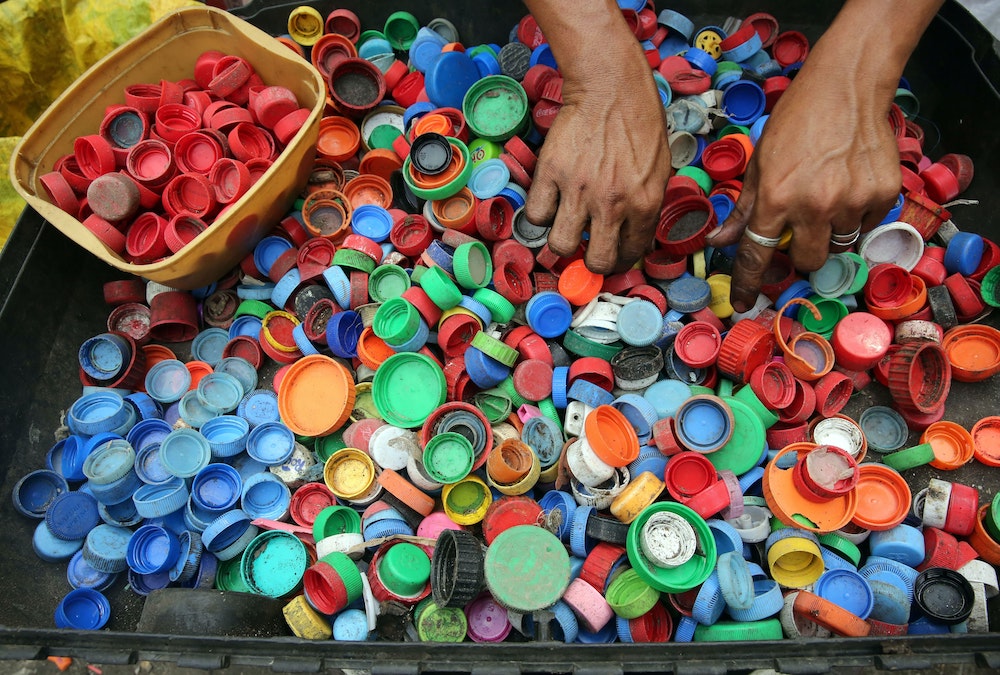
Additive Manufacturing and the Circular Economy: Reducing Waste and Environmental Impact
Share
Additive Manufacturing: Driving the Circular Economy
Additive manufacturing and 3D printing, is transforming the industrial world. It's a versatile process that builds products by adding layers upon layers of material, allowing for intricate designs, reduced production time, and less material waste. As we delve deeper into the benefits of additive manufacturing, it's important to focus on its role in propelling the circular economy forward.
The Intersection of Additive Manufacturing and the Circular Economy
The circular economy promotes the elimination of waste by continually utilizing resources in a closed-loop system. It fosters sustainability by replacing the traditional linear economy—buy, use, dispose—with a system that repurposes, repairs, and reuses. Additive manufacturing aligns seamlessly with this concept.
In the world of additive manufacturing, only the necessary materials are utilized to build a product, limiting unnecessary waste. The precise layering process eliminates the excess material traditionally lost during subtractive manufacturing processes. Moreover, additive manufacturing uses digital blueprints that can be altered without the need for retooling, further enhancing resource conservation.
Implementing Additive Manufacturing for Sustainability
At Chatelet Manufacturing, we have championed the cause of the circular economy. By using additive manufacturing technologies, we have not only been able to create highly customizable and complex designs, but also drastically reduced the waste generated during production. We are effectively minimizing our environmental footprint, one layer at a time.
Our journey towards a circular economy is driven by our commitment to employing advanced technologies like additive manufacturing. In our previous article, "Quality Assurance in Additive Manufacturing: Ensuring Reliability - QA/QC", we emphasized the importance of quality control in ensuring the reliable and sustainable operation of additive manufacturing processes.
The Future of Additive Manufacturing in a Circular Economy
The future is promising. As industries continue to explore the myriad of possibilities that additive manufacturing offers, we foresee a considerable acceleration towards a more sustainable and circular economy.
Moreover, additive manufacturing facilitates the production of lightweight components, which can improve energy efficiency, particularly in transportation. The possibilities for resource recovery and recycling are also amplified when additive manufacturing is employed, which gives us further reason to be optimistic about its role in a circular economy.
Conclusion: Embracing Additive Manufacturing for a Circular Economy
Embracing the principles of the circular economy and implementing additive manufacturing can provide businesses with significant advantages, such as cost savings, product innovation, and enhanced sustainability. At Chatelet Manufacturing, we're passionate about using these practices to deliver high-quality, sustainable solutions.
As we continue to pioneer additive manufacturing technology and champion the circular economy, we hope to inspire other industries to follow suit. In doing so, we can make significant strides towards a more sustainable future.
Additive manufacturing and the circular economy are two sides of the same coin – they work together to reduce waste, promote sustainability, and create value. Together, we can leverage these strategies to build a more sustainable world.
